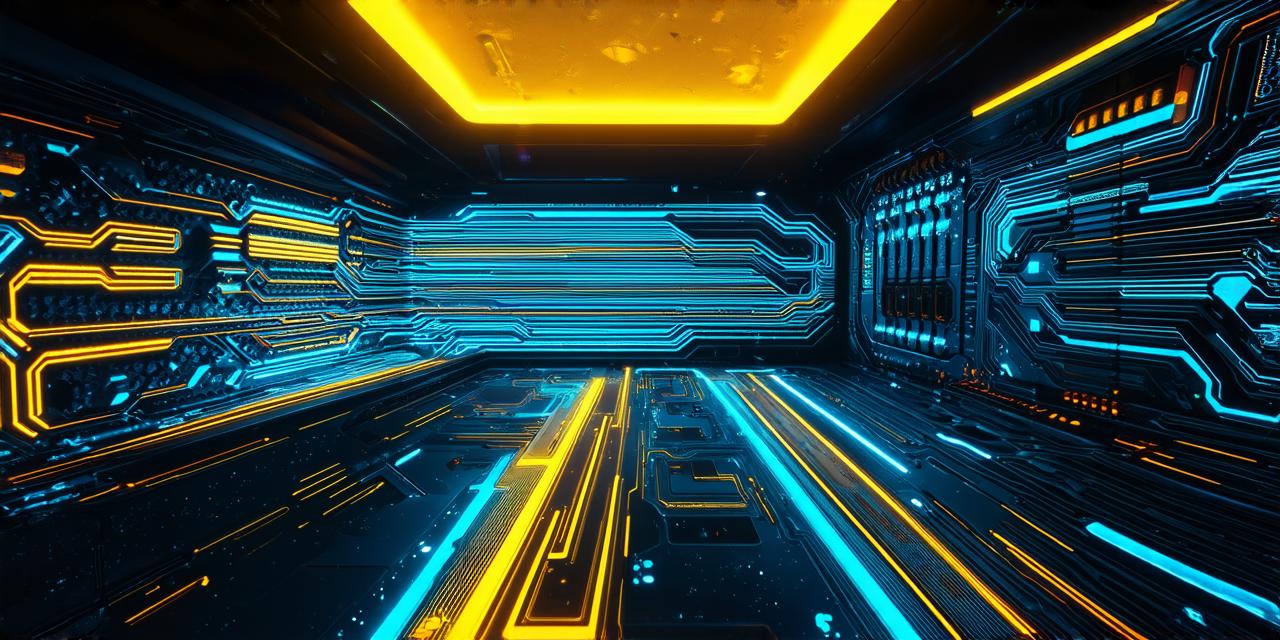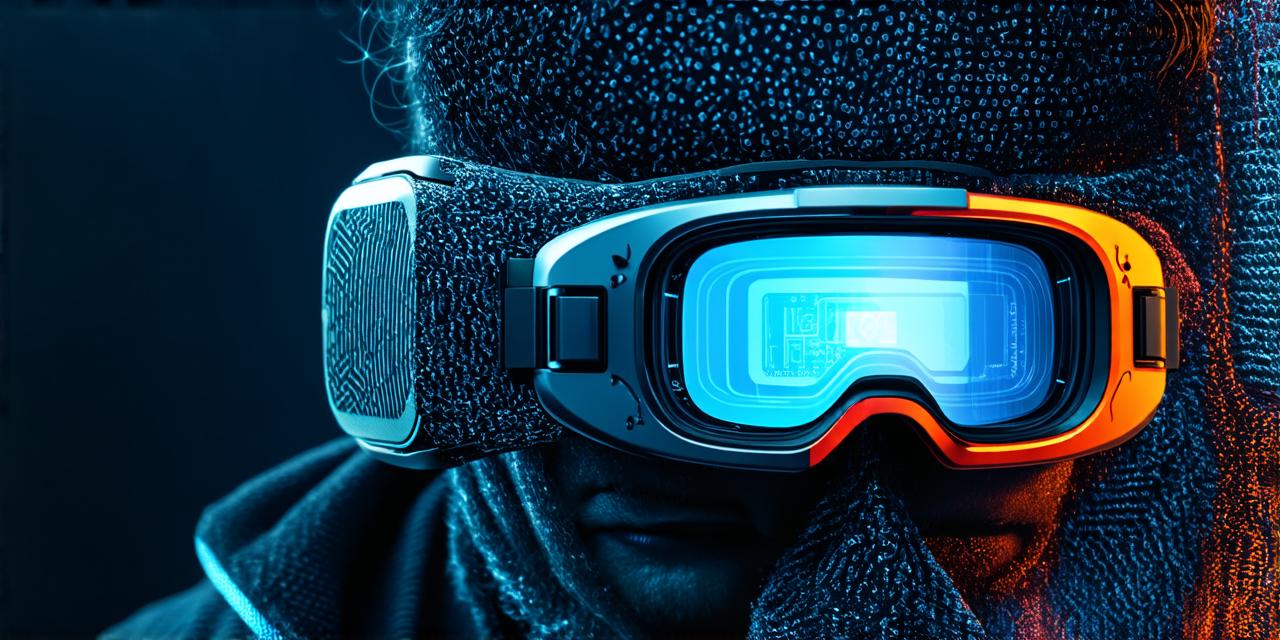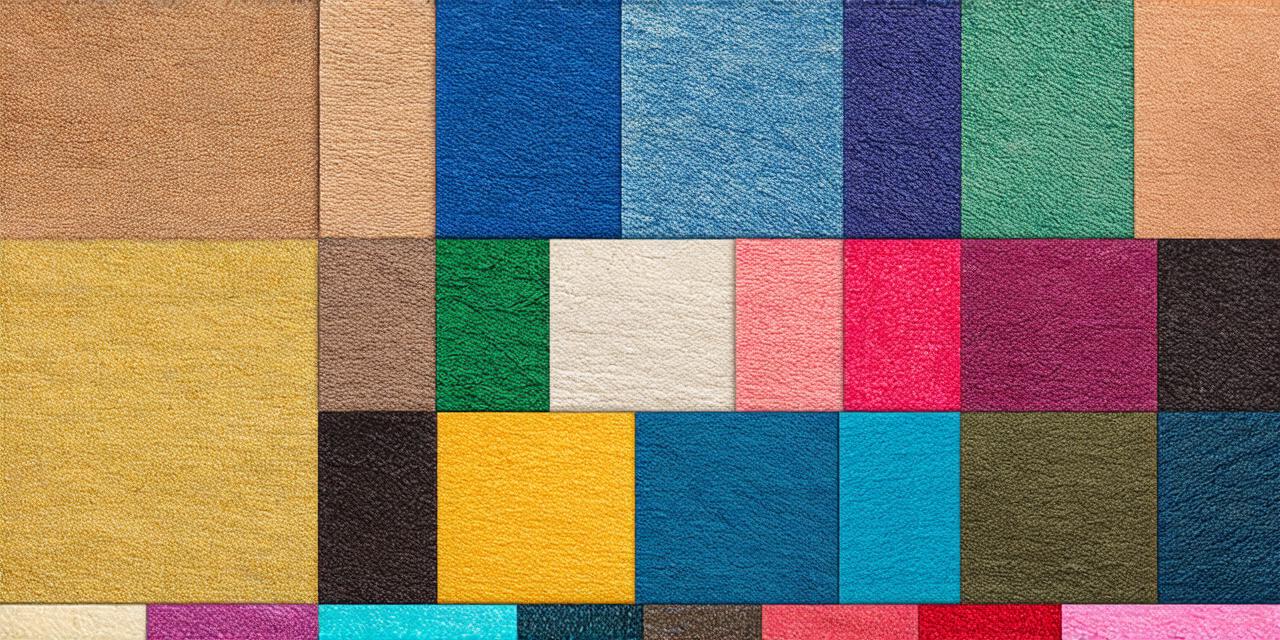Mixed reality (MR) is a type of immersive technology that combines real-world environments with computer-generated content in order to create an interactive and engaging experience for users.
What is Mixed Reality?
Mixed reality can be defined as a technology that enables the seamless integration of computer-generated content into real-world environments. MR allows users to interact with virtual objects in a way that feels natural and intuitive, as if they were truly present in the virtual world.
How does Mixed Reality work?
Mixed reality works by using sensors and cameras to track the user’s movements and position in the real world. This information is then used to render virtual objects and environments that appear to be integrated seamlessly into the physical environment.
There are two main types of mixed reality: augmented reality (AR) and virtualized reality (VR).
Augmented Reality
Augmented reality, also known as AR, is a type of mixed reality that adds digital elements to the real world. AR works by using sensors and cameras to track the user’s position in the real world, and then overlaying virtual content onto the camera feed to create an interactive experience.
Virtualized Reality
Virtualized reality, also known as VR, is a type of mixed reality that creates a completely artificial environment that is disconnected from the physical world. VR works by using sensors and cameras to track the user’s movements and position in the virtual world, and then rendering a 3D environment that appears to be seamlessly integrated with the real world.
Applications of Mixed Reality
Mixed reality has a wide range of applications across various industries, including:
- Gaming and entertainment: MR allows users to interact with virtual objects in a way that feels natural and intuitive, creating an immersive gaming experience.
- Training and education: MR can be used to simulate real-world scenarios in a safe environment, allowing for hands-on training and education.
- Design and architecture: MR can be used to create interactive 3D models that allow designers and architects to visualize and test their designs before building them in the real world.
- Healthcare: MR can be used to simulate surgical procedures, allowing for better planning and preparation.
- Marketing and advertising: MR can be used to create engaging and interactive marketing campaigns, allowing brands to connect with customers in new and exciting ways.
Summary
Mixed reality is a powerful tool that enables the seamless integration of computer-generated content into real-world environments. Whether you’re using AR or VR, MR allows for an immersive and interactive experience that blends the physical world with digital elements to create new and exciting possibilities. As MR technology continues to evolve, we can expect to see even more innovative applications across various industries.



